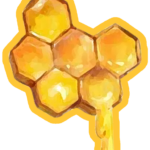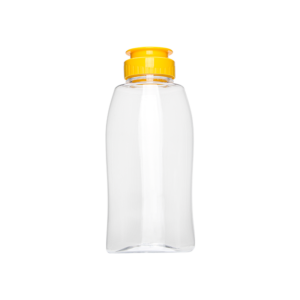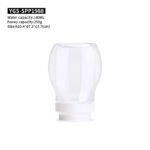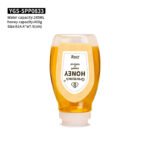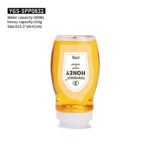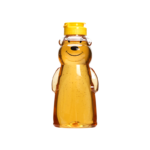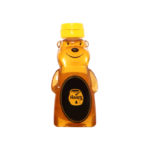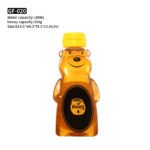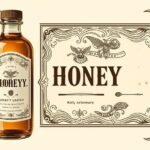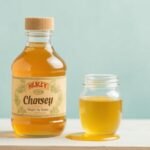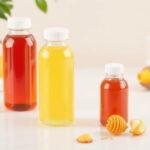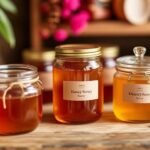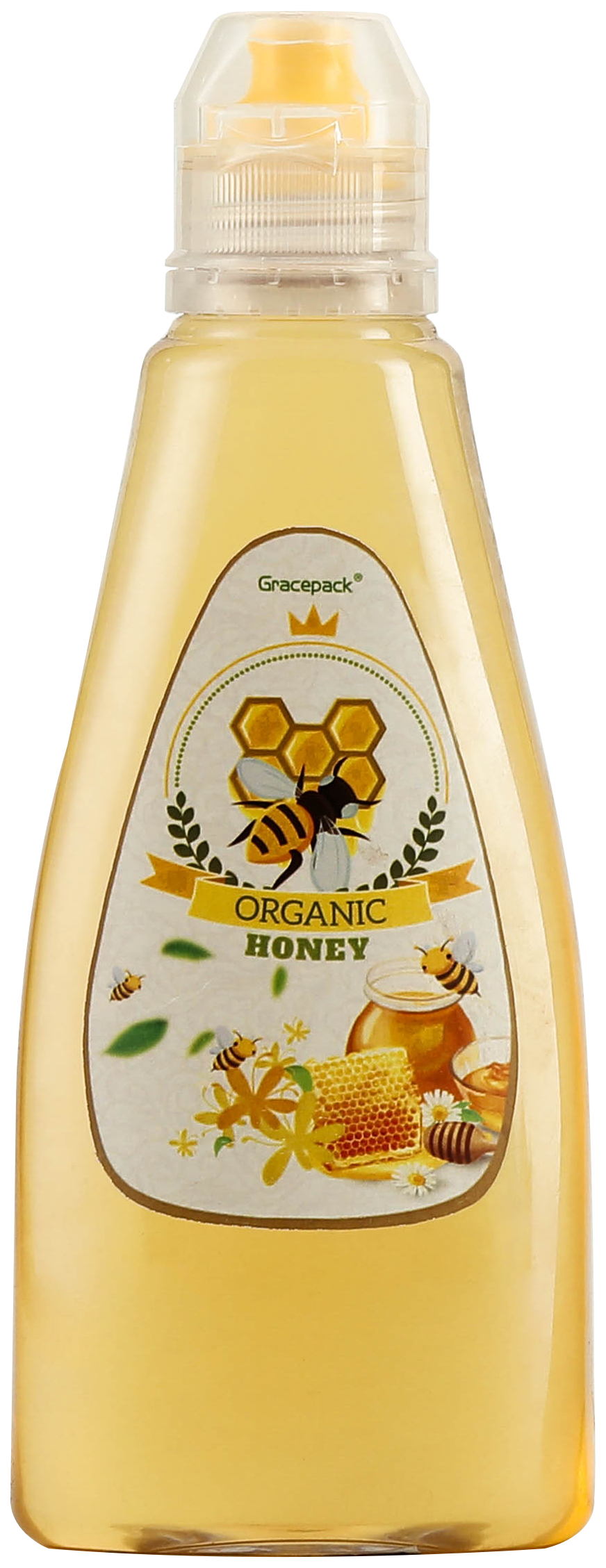Choosing between glass and plastic for honey packaging isn’t just a matter of aesthetics—it impacts flavor, safety, sustainability, and cost. This in-depth guide compares both materials and highlights how Gracepack‘s high-quality honey bottles offer optimal solutions in either format.
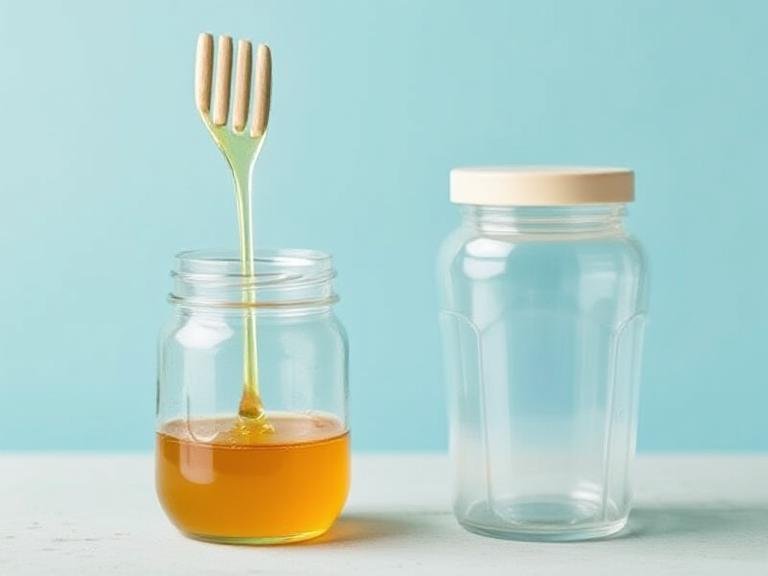
Table of Contents
- Why Packaging Matters
- Glass Jars: Pros and Cons
- Plastic Bottles: Pros and Cons
- Side-by-Side Comparison
- Gracepack: Quality Honey Bottles
- Best Storage Practices
- Summary Table
Why Packaging Matters
Honey is a unique food: naturally long‑lasting, yet sensitive to contamination, moisture, and light. Proper packaging preserves its flavor, prevents spoilage, and supports brand positioning.
Glass Jars: Pros and Cons

👍 Advantages of Glass
- Completely inert: Doesn’t affect honey’s flavor or quality.
- Full visibility: Shows honey’s natural color and purity .
- Reusability: Durable over decades, infinitely recyclable.
- Premium perception: Glass gives a classy, gift-ready look.
- High-temperature resistant: Withstands processing heat without leaching .
👎 Disadvantages of Glass
- Heavy and fragile—higher shipping costs and breakage risk.
- Upfront cost is higher than plastic.
Plastic Bottles: Pros and Cons
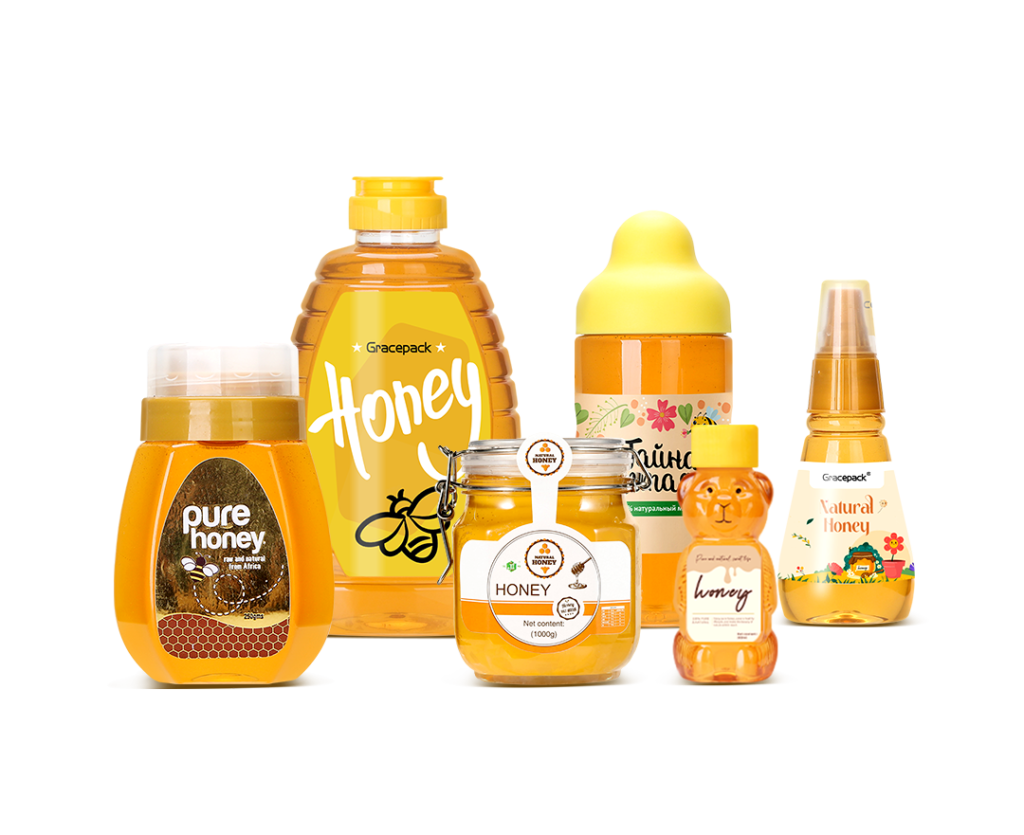
👍 Advantages of Plastic
- Lightweight & durable: Ideal for shipping and everyday use.
- Cost-effective: Lower production and transport costs.
- Flexible design: Squeeze and flip-cap options enhance convenience.
- Recyclable types: HDPE, PET, PP can be recycled when properly managed.
👎 Disadvantages of Plastic
- Flavor interaction: Some plastics may alter taste over time.
- Environmental impact: Less durable, contributes to landfill pollution.
- Lower perceived value: Plastic may undermine premium branding .
Side-by-Side Comparison
| Feature | Glass | Plastic |
|---|---|---|
| Flavor Preservation | Absolute inertness | Some leach potential |
| Transparency | Full visibility | Depends on material (e.g., PET) |
| Weight & Durability | Heavy, fragile | Light, shatterproof |
| Eco Footprint | Reusable, infinite recycling | Recyclable but less long-term utility |
| Cost | Higher per unit, lower long-term cost | Lower up-front cost |
| Brand Appeal | Premium aesthetic | Casual, practical appeal |
Gracepack: Quality Honey Bottles

Gracepack delivers high‑quality honey bottles in plastic formats like SPp1339, SPp1336, SPp0519, and SPp0518—crafted from food-grade materials. Their factory is ISO9001, ISO22000, and BSCI certified, ensuring:
- Free customization and design support
- Strict quality inspection at every stage
- Large-scale 7,000 m² facility using cutting-edge tech
- Optimized supply chains for cost-efficiency
Whether glass or plastic, Gracepack ensures safe, appealing packaging tailored to market needs.
Best Practices for Honey Storage
Recommended products
-
Honey Bottle GF-020
-
Honey Bottle-G-103
-
Honey Bottle-A55
-
Honey Bottle-SPP2387
-
Squeeze Honey Bottle with Flip Cap
- Airtight storage: Prevents moisture ingress and fermentation.
- Room temperature: Ideal range is 50–75 °F to avoid crystallization or flavor loss .
- Dark location: Keeps honey safe from light degradation.
- Use clean utensils: Avoid cross-contamination .
Summary Table
| Aspect | Glass Jar | Plastic Bottle |
|---|---|---|
| Flavor Integrity | Excellent – inert | Good; depends on material quality |
| Durability | High, but breakable | Shatter-proof |
| Environmental Impact | Reusable & infinitely recyclable | Lower but depends on recycling |
| Cost | Higher upfront, long-term value | Lower initial, cheaper bulk |
| Brand Positioning | High-end, gift-worthy | Casual, convenience-focused |
Conclusion: Both glass and plastic have roles in honey packaging. Use glass for premium flavor, visual appeal, and eco-friendliness—especially for gift markets. Choose plastic for cost-effective, durable, and convenience-focused needs. With Gracepack’s certified production and customization, you can get high-quality honey bottles that align with your priorities.





